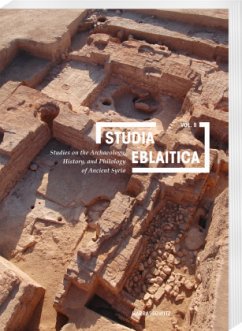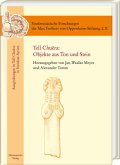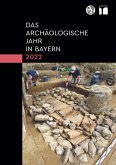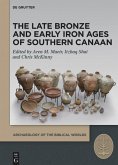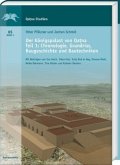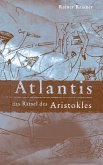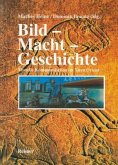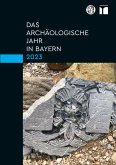The aim of this international journal is to contribute to developing the study of the interpretation and understanding of the ancient cultures of Syria, remaining as open as possible to the different methodologies and problems that characterize present-day research. Thanks to the generous policy of international collaboration pursued by the cultural authorities of the Syrian Arab Republic, the increase in archaeological research in Syria, particularly from the 1970s on, opened up a series of new perspectives on the study of ancient Syria. The discovery of the Royal Archives of Ebla was decisive in this renaissance, as well as the role that Ebla played in establishing the very foundations of cultural development in ancient Syria. This project originates at a time of serious crisis for Syria, whose plight does not even spare the country's magnificent, thousand-year-old cultural heritage. It is also intended as the strongest of hopes for a not-too-distant future of peace, prosperity, harmony and justice for the whole of the Syrian people.From the contents (altogether 10 contributions):Paolo Matthiae & Nazir Awad & Davide Nadali & Houmam Saad & Frances Pinnock, Ebla, Ten Years After: An Assessment of the DamagesMarina Pucci, Another Ruler in Bit Agusi? The cAin et-Tell Statue at the National Museum of AleppoPelio Fronzaroli, Betyls in the Ebla TextsMattia Petrini, Contextualization and Semantics of Landscape in the Late Bronze Paintings of QatnaAlfonso Archi, Publication of the Archives of Ebla: A Report on the Work in Progress
Bitte wählen Sie Ihr Anliegen aus.
Rechnungen
Retourenschein anfordern
Bestellstatus
Storno

